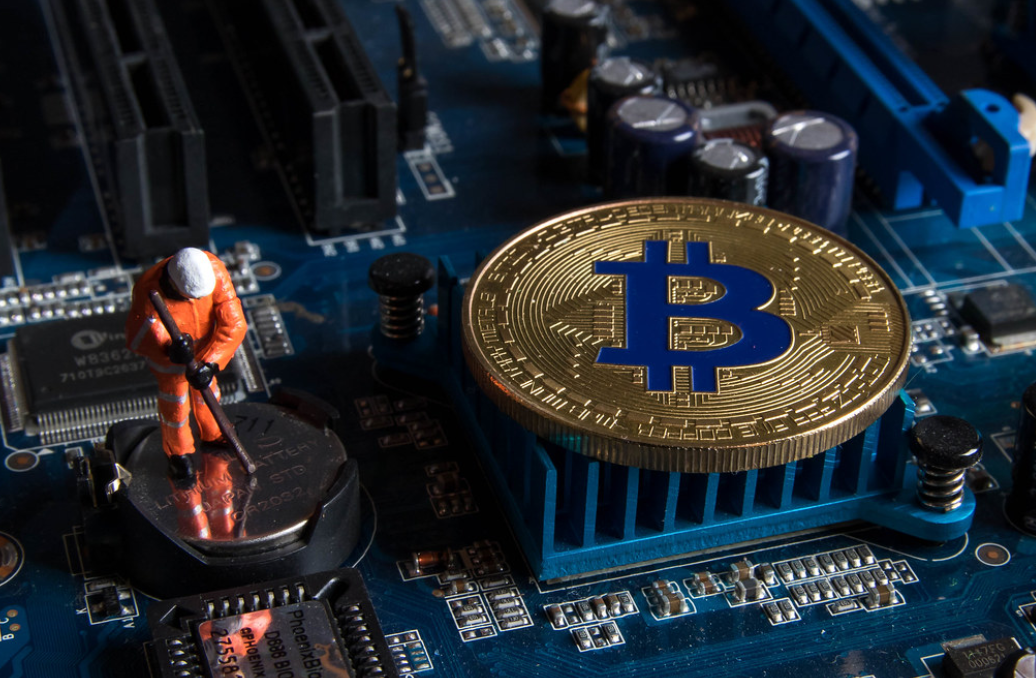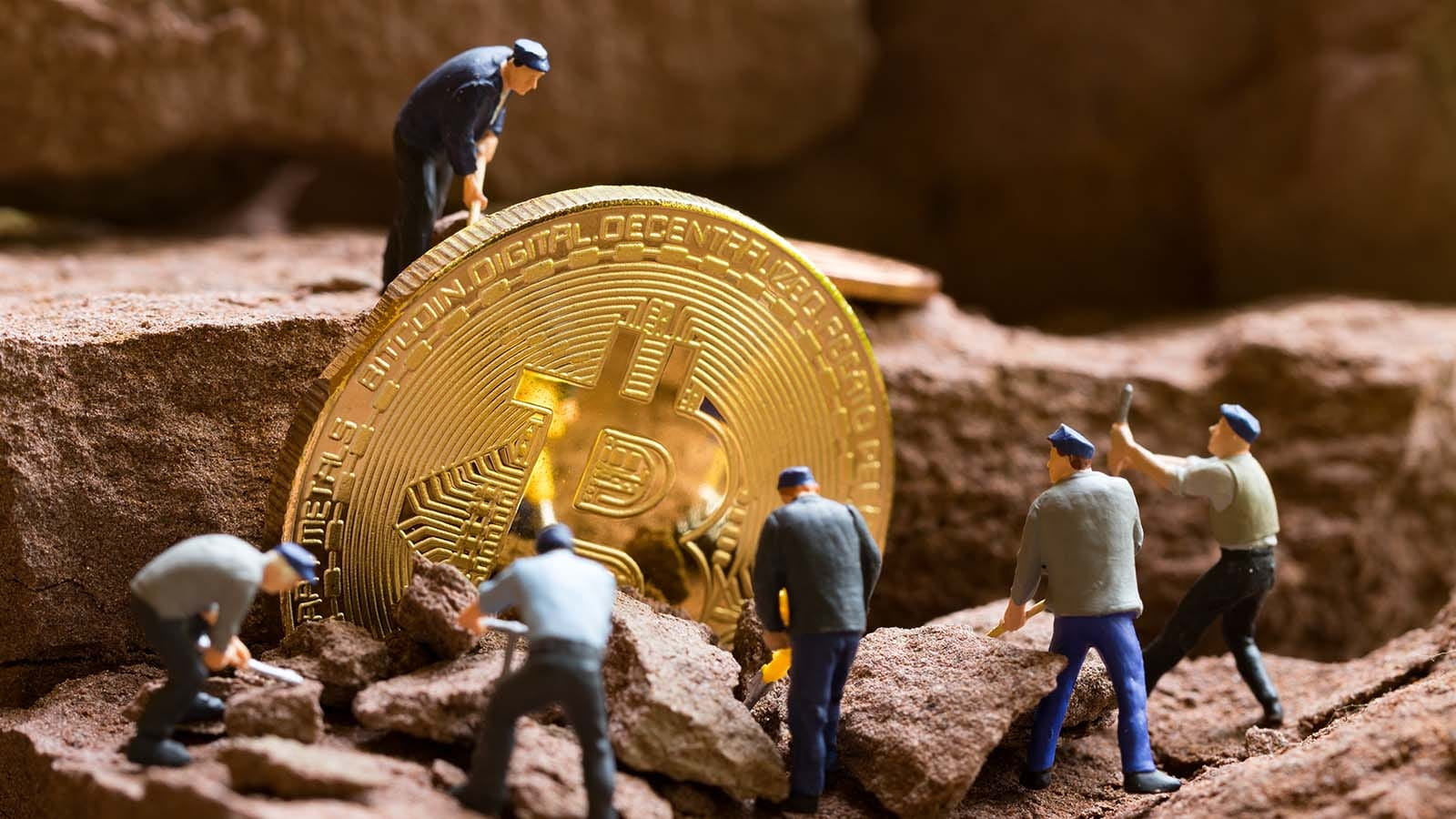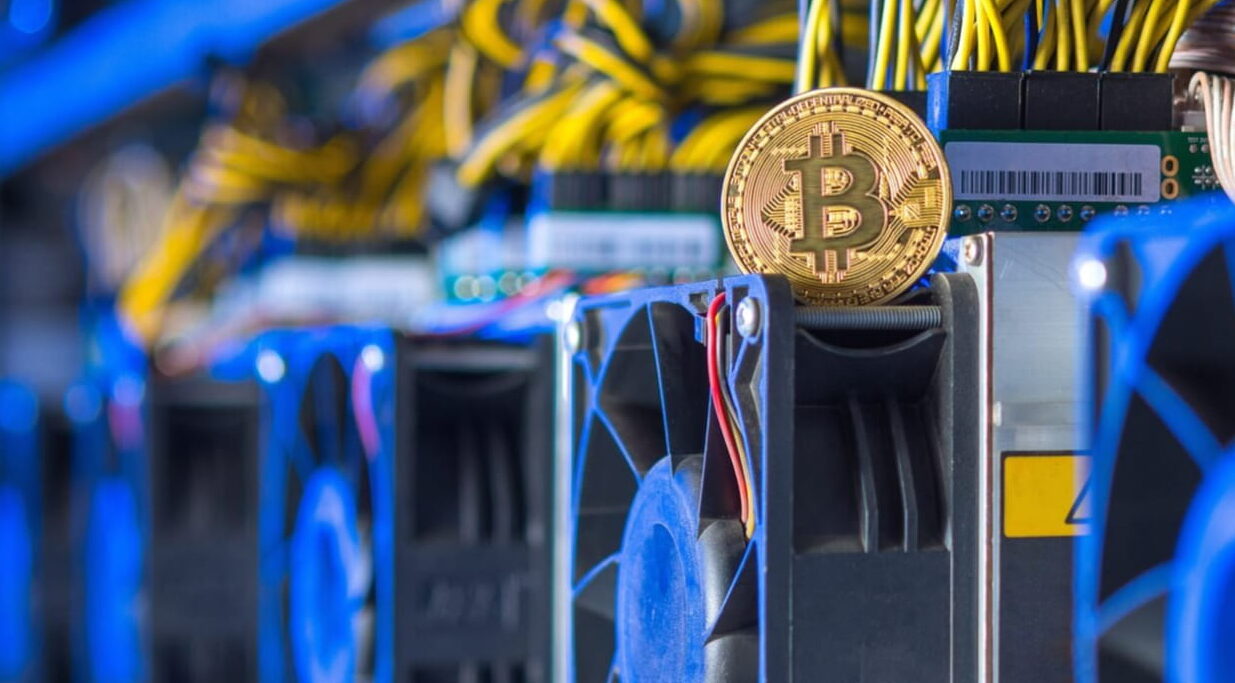Bitcoin mining is the most important thing that keeps the Bitcoin network decentralized. It’s not just about making new bitcoins; it’s also about making sure that transactions are safe and recording them. Miners use their computers to solve hard math problems to confirm blocks of transactions. This keeps the blockchain safe and gives miners new bitcoins and transaction fees as rewards. Mining is a technological marvel and an ever-changing economic model that is one of the most important parts of the Bitcoin ecosystem.
Proof of Work Security
The Proof of Work (PoW) consensus mechanism is what makes Bitcoin mining work. Miners have to do a lot of hash operations with the SHA-256 method until they find a valid block hash that meets the network’s current difficulty level. The miner sends the block to the rest of the network after finding a legitimate hash. Other nodes check it, and if they agree, it is added to the blockchain forever.
This approach not only makes sure that everyone agrees on the same transaction history, but it also keeps bad people from doing bad things. To change a block after it has been mined, a miner would have to rerun the PoW for that block and all blocks that come after it. This would demand an enormous and impractical amount of computing power—more than 51% of the network’s total hash rate.
Evolution of Mining Hardware
In the beginning, anyone with an ordinary computer could mine Bitcoin quickly with a central processing unit (CPU). However, when more people joined the network and it became harder, miners swiftly switched to graphics processing units (GPUs), which could handle parallel processing much better. Field-programmable gate arrays (FPGAs) enhanced performance later on, but the arrival of application-specific integrated circuits (ASICs) changed the industry completely.

ASIC miners, such as those made by Bitmain and MicroBT, are made to do SHA-256 hashing at speeds that are unmatched. These devices are the most popular in mining nowadays since they can deliver hundreds of terahashes per second while using the least amount of electricity possible. As mining has become increasingly specialized, economies of scale have emerged. This has led to the growth of industrial mining operations and data centres.
Bitcoin Mining and Sustainability
Bitcoin mining has come under a lot of criticism for using a lot of electricity. Others argue that the environmental impact, particularly from the use of fossil fuels, could negate the advantages of decentralised money. But many people in the business say that the argument is too simple. They point out that Bitcoin mining may encourage the use of renewable energy and make the case for expanding clean energy.
Mining operations in places like Texas, Iceland, and portions of Canada use a lot of renewable energy sources, such as geothermal and hydroelectric power. Additionally, the practice of flared gas mining, which utilises natural gas that would otherwise be discarded to power mining rigs, is emerging as a strategy to reduce net emissions. The Bitcoin Mining Council and other groups now say that a rising number of mining operations throughout the world use sustainable sources, which means that the industry’s carbon footprint is better than people think.
Global Shift in Mining
The mining industry throughout the world has changed a lot, especially after China banned cryptocurrency mining in 2021. Before the crackdown, China made up more than 60% of the world’s Bitcoin hash rate. Mining operations quickly moved to places like the US, Kazakhstan, Russia, and Canada after that.
Texas has emerged as a new hub for activity, primarily due to its uncontrolled energy market and favorable political climate. In other places, countries like El Salvador are looking into state-sponsored mining projects that use geothermal energy from volcanic areas. These changes show how energy policy, legislation, and economic opportunity all affect the Bitcoin mining ecosystem.
Bitcoin Mining Profitability Factors
Bitcoin’s market price, mining difficulty, hash rate, block rewards, and electricity costs are just a few of the many elements that affect how profitable mining is. The present block reward is 6.25 BTC; however, it will drop to 3.125 BTC when the next halving happens, which is expected to happen in 2028. The system incorporates these halvings every 210,000 blocks, or approximately every four years. They are an important part of Bitcoin’s deflationary monetary policy.

To make sure they are making money, miners must always check their work. When Bitcoin values go up, mining activity usually goes up as well, which makes the network harder to use. When prices go down, less efficient miners may stop working, making things easier and giving more money to more effective miners. This self-regulating system makes the network more stable and strong.
Mining Pools and Innovation
Most miners currently work together in mining pools, which are groups that combine their computing power and distribute the benefits fairly. Pools help miners make more money by lowering the risk of losing cash when they mine alone. This is especially true when the chances of finding a block get smaller for each miner.
New ideas, like immersion cooling and firmware optimisation, keep mining more efficient. At the same time, software solutions like Stratum V2 try to make it easier for miners and pools to talk to each other while also making the system more secure and decentralised. Bitcoin mining will probably keep changing in the future because of new gear, environmental concerns, and changes in the law.
Final thoughts
Bitcoin mining is more than just a technical process; it’s what makes the world’s first and most valuable decentralized currency work. It makes the network safer, spreads new bitcoins, and has an impact on political, economic, and environmental conversations all around the world. Bitcoin mining will keep changing as technology improves and the globe moves towards more sustainable energy systems. Such developments will make it increasingly important in the larger digital asset ecosystem.







